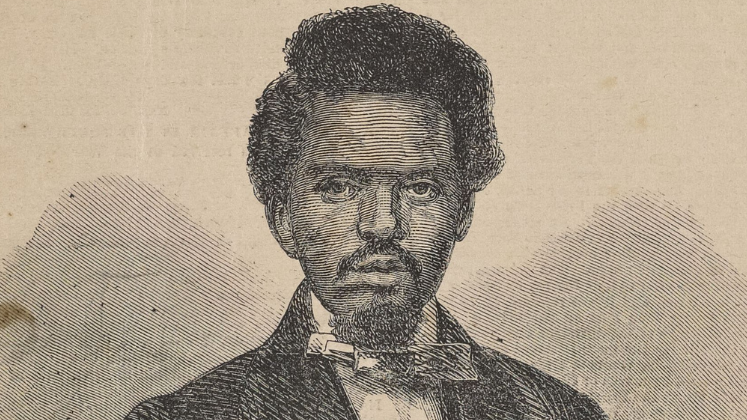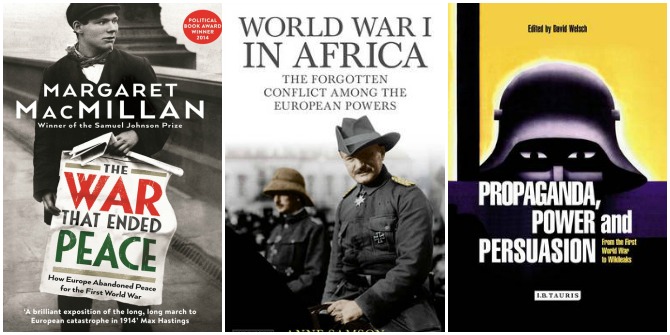Through detailed case studies from across the world, this book aims to illustrate that those looking to fight corruption must understand that quality of governance and successful anti-corruption strategies are indelibly linked. Only when this relationship is understood, will progress in tackling corruption be made. Useful for journalists and undergraduates, Dan Hough‘s recent contribution outlines a promising field for future work, writes Matt Birkinshaw.
 Corruption, Anti-Corruption and Governance. Dan Hough. Palgrave Macmillan. April 2013.
Corruption, Anti-Corruption and Governance. Dan Hough. Palgrave Macmillan. April 2013.
The issue of corruption cuts to the heart of modern ideas about politics, culture and democracy. With current UK headlines over police infiltration of anti-corruption campaigners, as well as the continuing phone-hacking and cash-for-access scandals, corruption is very much a live issue. Despite continuing concern and a multi-million dollar international industry committed to fighting it, corrupt practices can often seem impervious to change. In the first book of a new series Dan Hough sets out to answer a deceptively simple question: what are the conditions under which anti-corruption strategies can make a difference?
Comparative studies of corruption are a relatively recent research topic, partly due to difficulties with reliable data. Hough pulls together figures from Transparency International (TI) and the World Governance Indicators (WGI) and aims to get beyond the statistics by also using qualitative reporting. The book is structured around paired case studies of low, medium and high-performing polities; Bangladesh and Kenya, South Korea and Poland, Germany and the UK. Metrics are tabulated and discussed with the results of specific anti-corruption strategies presented in brisk overviews.
The rise and rise of ‘anti-corruption’
Chapter one outlines the rise and development of the global anti-corruption agenda. Hough acknowledges the post-Cold War convergence of anti-corruption drives with deregulation and cites Brown and Cloke, Szeftel, Mushtaq H. Khan and Steve Sampson. However there is quite a weak sense of the way that anti-corruption discourse intersects with larger international agendas, and a critical perspective on the discourse of corruption (such as Kelsall, Leftwich or Bracking provide) is not closely integrated with Hough’s argument.
Hough comes across as close to influential voices in the debate throughout the book, and the endnotes reveal a strong prevalence of sources from the World Bank, IMF, TI and their associates. Hough recognises a range of criticisms directed towards definitions of corruption, the indicators he relies on, and the discourse of corruption as a whole; but doesn’t always respond to them effectively. In response to criticisms of TI data, he notes that ‘all these criticisms notwithstanding,’ the CPI has put corruption issues ‘well and truly on the policy map’ (page 17). The questions critics might be asking about the effects of this policy focus, and the alternative issues it detracts from, are passed over.
While careful in presenting a balanced coverage, Hough is clear in his criticism of the conjunction of deregulation and state reform under the banner of ‘anti-corruption’. ‘Public choice’ school analyses come in for heavy criticism and the one-sided and technocratic approach proffered by leading donors is argued as a strong reason why anti-corruption initiatives have demonstrated limited success so far.
Governance regimes
Chapter two outlines Hough’s use of governance regimes and opportunity structures to theorise links between corruption and regime types. The account of the rise of the governance agenda is fairly straightforward. Hough observes that high quality governance can take place in a range of different regimes, as well as the problems with a technocratic approach to governance. This oblique reference is the closest he comes to acknowledging the realpolitik promotion of ‘good governance’ coincident with a narrowly defined set of ideas about market liberalisation (Khan, Harrison, Abrahamsen).
Again Hough provides an outline of the cut and thrust of arguments around the composition, reliability and validity of the WGI figures he uses. This left me wondering whether his research findings would bear out his methods and data. Perhaps, triangulation of WGI or TI data with a wider range of alternate sources, such as media or financial reporting and qualitative studies might give more fine-grained detail?
Bangladesh & Kenya: ‘poor performers’
Chapter three is a comparative study of Bangladesh and Kenya. Hough looks at ‘top-down’ and ‘bottom-up’ anti-corruption efforts in Bangladesh, particularly under the 2007-2008 military-backed caretaker government, headed by Fakhruddin Ahmed (formerly of the World Bank). This government arrested high-level politicians, passed legislation separating the executive and judiciary, set up a financial crimes unit, re-focussed the Electoral Commission on anti-corruption, and signed the United Nations Convention Against Corruption. All this despite the constitutional statement that caretaker governments are ‘not empowered to take any policy decisions’. However, the government began to lose support once arrests of political figures expanded to include government critics and accusations of torture and death in custody surfaced. Ultimately, the ‘vast majority’ of corruption cases brought by the government were unable to proceed as support for the accused from their constituencies and lobbyists made lack of evidence a significant problem.
The story Hough tells is a familiar one of anti-corruption efforts prosecuted unevenly, in ways favourable to the ruling coalition (for example Brown and Cloke) although the 2009 RTI Act and 2011 Whistleblower Act are developments with some future promise. In his discussion of ‘bottom-up’ anti-corruption measures, Hough describes TI Bangladesh’s work with material drawn largely from their website, although he also cites Knox. The outline of their approaches is the most interesting part of the section, and it would be nice to see a more thoroughly grounded empirical treatment of these strategies. For Kenya, again, Hough gives an overview of the recent history. Here too, a slate of recent anti-corruption initiatives and laws seems to have been ineffectual, either due to loopholes, or the entrenched power of politicians. As in Bangladesh, corruption was overshadowed by political developments in 2007, as election-related violence pushed it of the agenda.
The lessons drawn from Bangladesh and Kenya suggest that ‘buy-in’ from prominent stakeholders is crucial, an argument that Hough admits is ‘nothing new’. Bangladesh’s Electoral Commission seemed to have achieved some success through address all parties simultaneously and encouraging their participation in the process of reform. The role of TI’s local groups and their ability to resisting legal cases against them is also encouraging.
Hough notes that ‘the key… may well be to fight corruption by essentially not talking about it. Anti-Corruption Agencies, new corruption laws and so forth largely failed in Bangladesh – much as the literature would expect them to. It is the softer issues that have more chance of success’. The critical component is getting buy-in ‘directly, indirectly or at times unknowingly’ and here citizen participation, representative democracy and rule of law are critical.
Conclusions
Hough delivers ‘snapshots’ of anti-corruption efforts across a range of diverse cases. It can sometimes feel as if the metrics overshadow interpretation, and the analysis could be further developed. He is at his most incisive when outlining the ‘hijack’ of anti-corruption efforts by ‘ideological agendas’ of powerful agencies. However, this doesn’t seem to hinder his continued use of both quantitative and qualitative reporting from those same organisations. Moving beyond the acknowledged imperfections of economistic macro-discourse is precisely the sort of thing that we might hope to realise through the combination of macro-indicators and case studies.
This book outlines a promising field for future work, as Hough suggests in closing, ‘the serious progress will now be made by using these yardsticks to delve deeply into individual cases’. With a complex topic like corruption, the value of close grounded work (e.g. Gupta) and theorisation is essential (e.g. Kaviraj, Chatterjee). As this is the first volume in the Political Corruption and Governance Series, we can look forward to more to come.
———————————-
Matt Birkinshaw is PhD candidate in Human Geography & Urban Studies at the London School of Economics. Matt researches governance and infrastructure in Indian cities with a focus on urban water and municipal reforms. Read more reviews by Matt.








2 Comments